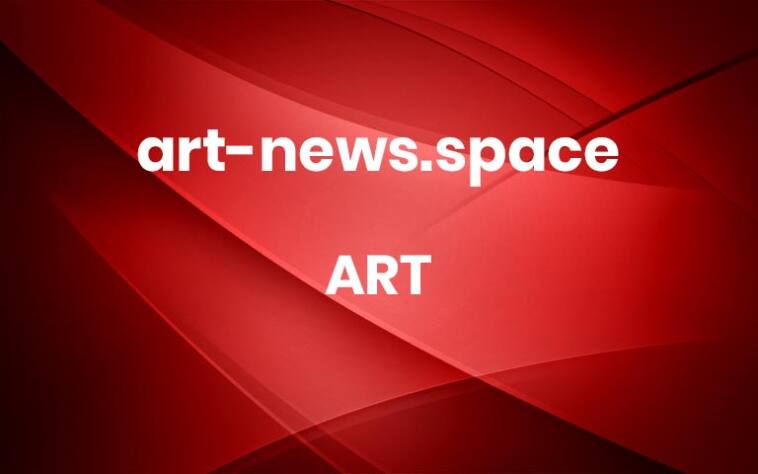Abstract Paintings Confront Andean Weaving in Miguel Arzabe’s Dynamic Compositions
Miguel Arzabe creates dynamic compositions that meld art history with his Bolivian heritage.
Do stories and artists like this matter to you? Become a Colossal Member today and support independent arts publishing for as little as $7 per month. The article Abstract Paintings Confront Andean Weaving in Miguel Arzabe’s Dynamic Compositions appeared first on Colossal. More



